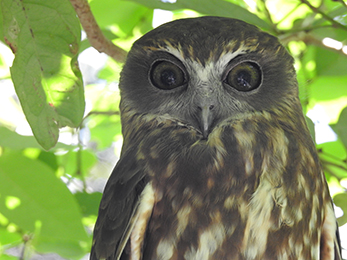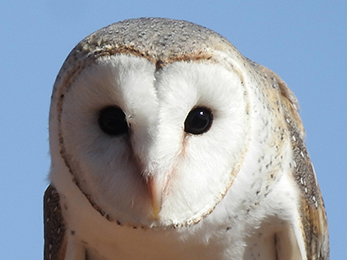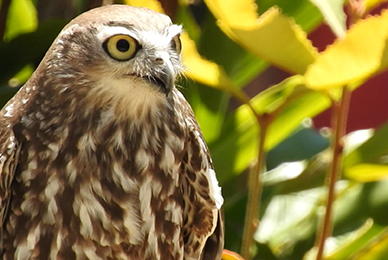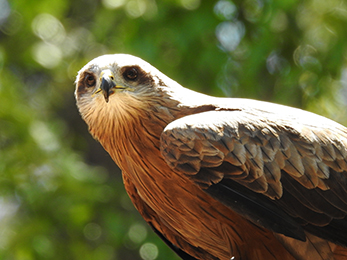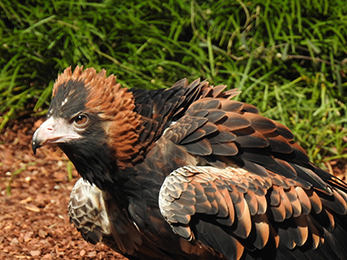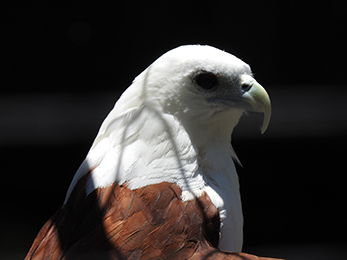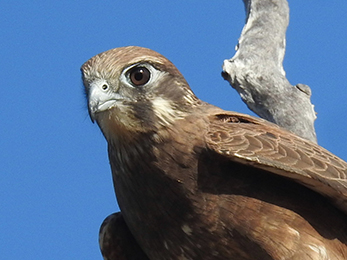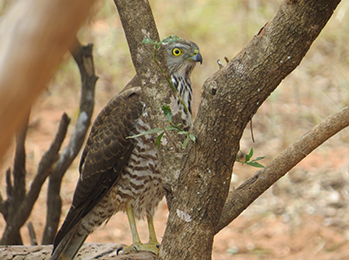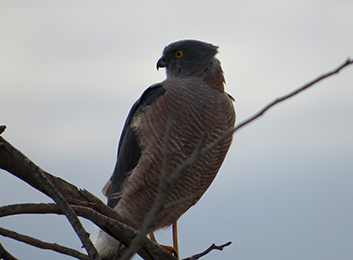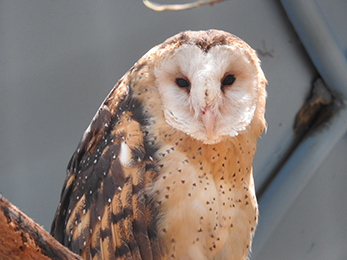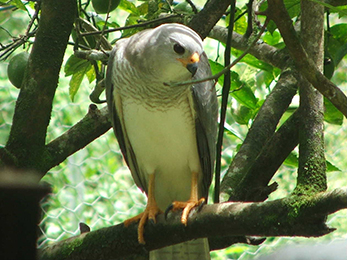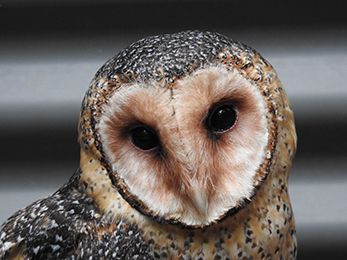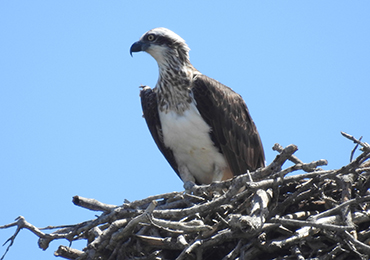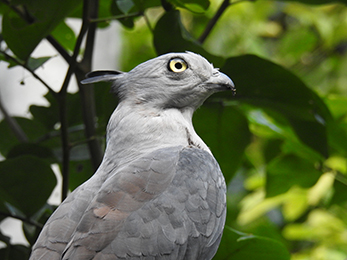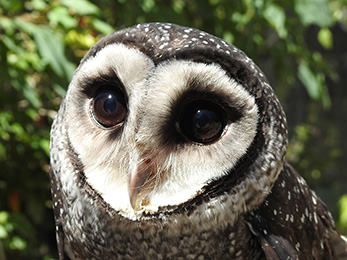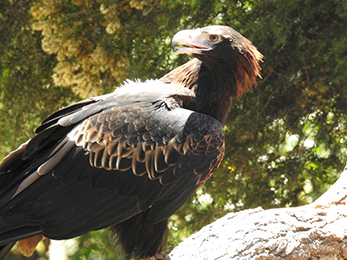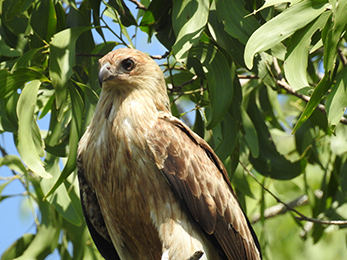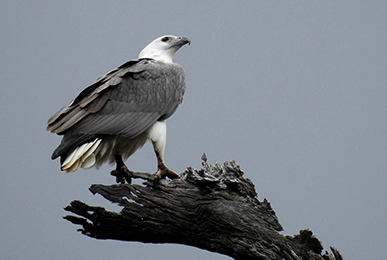RAPTORS
Raptors encompass a wide variety of species, including eagles, hawks, falcons, owls, and vultures. Each group has its unique characteristics and adaptations, making them specialized for different hunting strategies and ecological niches.
Australia is home to a diverse range of raptors, also known as birds of prey. These birds possess several special adaptations and characteristics that make them unique and highly specialized for their predatory lifestyle.
Keen Eyesight: Raptors have exceptionally sharp vision, several times better than that of humans. They can spot prey from great distances and have excellent depth perception, helping them accurately judge the distance to their targets.
Powerful Beaks and Talons: Raptors have strong, hooked beaks designed for tearing flesh and powerful talons that allow them to grasp and immobilize their prey. These adaptations are crucial for capturing and handling prey.
Excellent Hunting Skills: Many raptors are skilled hunters that use various techniques to catch their prey. For example, eagles may soar high in the sky before diving at high speeds to catch prey, while hawks often use stealth and surprise to capture their meals.
Carnivorous Diet: Raptors are carnivores, and their diet primarily consists of other animals. They play essential roles in ecosystems by helping to control populations of rodents, birds, and other small animals.
Strong Flight Abilities: Most raptors are powerful and agile fliers. They have strong wings and are capable of soaring, gliding, and rapid, controlled flight. These abilities are crucial for hunting and covering large territories.
Territorial Behavior: Many raptors are territorial and defend specific hunting areas or nesting sites. They often have well-defined home ranges that they protect from other individuals of the same species.
Nesting and Parental Care: Raptors typically invest a lot of time and effort into raising their young. They build nests, incubate eggs, and provide food for their offspring. Some species exhibit elaborate courtship displays.
Important Ecological Roles: As top predators, raptors help maintain the balance of ecosystems by controlling prey populations. Their presence can indirectly influence the behavior and distribution of other animals in their habitats.
Cultural Significance: Raptors have been admired and revered by humans for centuries. They often hold cultural and symbolic significance in many societies and are featured in art, folklore, and mythology.
Many Indigenous Australian cultures have Dreamtime or creation stories that feature raptors. These stories often depict raptors as powerful and important creatures in the creation of the land and its features.

